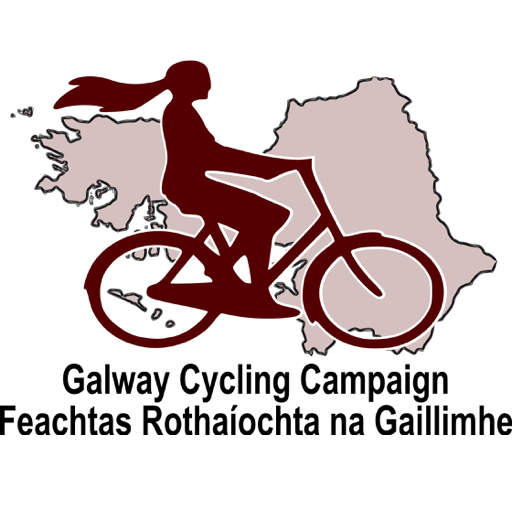Tag: programmeforgovernment
-
July Stimulus can change Galway cityscape: bike racks will be like wildflowers – popping up everywhere
Our chairperson Kevin Jennings outlines what the ‘big pot of July Stimulus mobility funding’ can do to create jobs and #ChangeOurStreets The government’s July Stimulus programme has created opportunities to […]
-
A warm welcome to Minister Hildegarde Naughton
Galway Cycling Campaign warmly welcomes the news that Hildegard Naughton will serve as Junior Minister in the Department of Transport in An Taoiseach Micheál Martin’s Government. Kevin Jennings, chairperson of […]
-
Opinion: The programme for government is like a visit from Santa for cyclists
COULD IT REALLY be that Santa has arrived six months and one week ahead of schedule? In the programme for government, we are told that €1 million euro a day, […]
